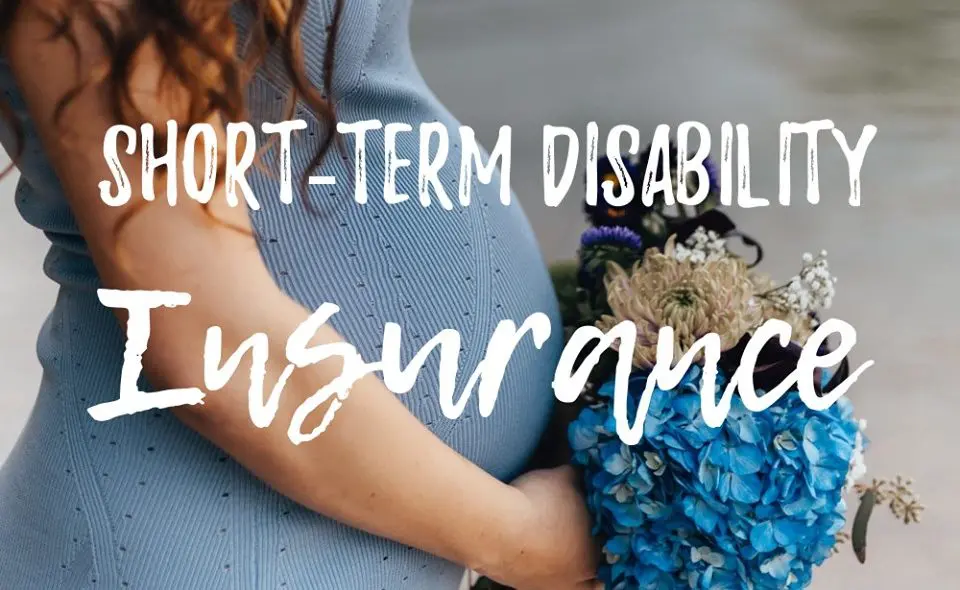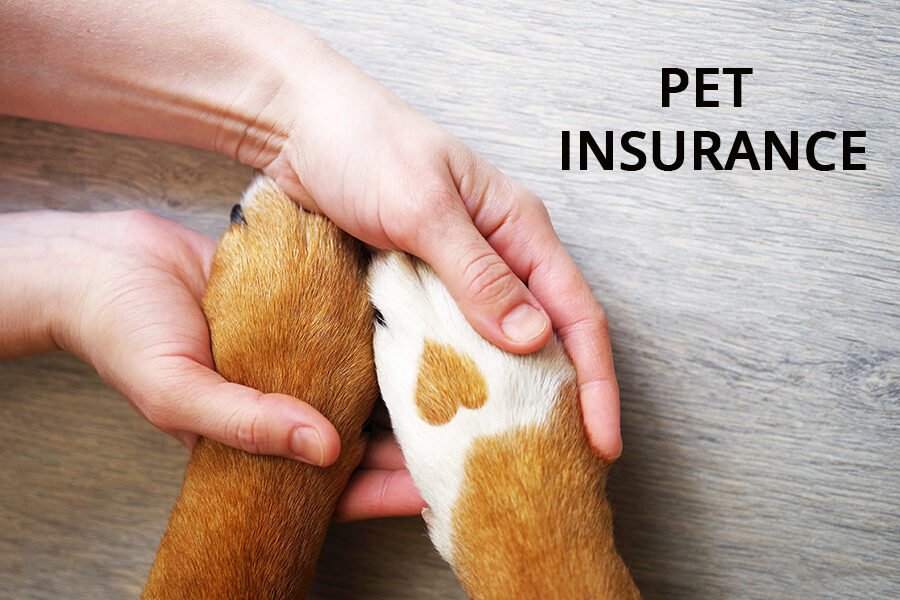Short-term disability insurance (STDI) is a type of insurance designed to replace a portion of an individual’s income if they are temporarily unable to work due to an illness, injury, or other medical condition. While no one expects to be sick or injured, the reality is that unexpected medical issues can arise, leaving people unable to perform their regular work duties. This is where short-term disability insurance plays a crucial role in helping workers maintain financial stability during a challenging time.
In this detailed guide, we will explore what short-term disability insurance is used for, how it works, the benefits it provides, and why it is essential for individuals to consider it as part of their financial planning.
What is Short-Term Disability Insurance?
Short-term disability insurance is a policy that provides income replacement to individuals who are temporarily unable to work due to illness, injury, or other health conditions. The coverage typically lasts for a limited period, ranging from a few weeks to several months (typically up to 3-6 months), depending on the specifics of the policy. It is designed to help workers maintain their income while they recover from a medical condition that temporarily affects their ability to perform their job.
While short-term disability insurance cannot replace your entire salary, it helps cover a percentage of your income, which can be critical for maintaining financial stability. Policies often cover between 50% and 80% of your pre-disability salary, but the exact percentage varies depending on the insurance provider and the terms of the policy.

What Does Short-Term Disability Insurance Cover?
Short-term disability insurance is typically designed to cover situations where you are temporarily unable to work due to non-work-related injuries or illnesses. It is important to note that short-term disability insurance generally does not cover work-related injuries or conditions; those are covered by workers’ compensation insurance instead.
Here are some common scenarios where short-term disability insurance might come into play:
1. Accidents and Injuries
Accidents can happen unexpectedly, and whether it’s a slip and fall, a car accident, or an injury caused by any other reason, a temporary disability can leave you unable to perform your regular duties. Short-term disability insurance can replace a portion of your income during the time it takes to recover from an accident or injury.
2. Illness
Certain illnesses, such as pneumonia, severe flu, or chronic conditions that flare up, may require time off work. Whether it’s recovering from a major illness, undergoing treatment, or simply recuperating after a hospital stay, short-term disability insurance ensures that you won’t have to worry about missing income while you focus on getting better.
3. Surgery Recovery
Many people undergo surgery for various reasons, whether elective or medically necessary. After surgery, you may need several weeks or months of recovery time before you can return to work. Short-term disability insurance can provide financial support during this recovery period, ensuring that you don’t have to worry about your paycheck while you heal.
4. Maternity Leave
Pregnancy and childbirth are significant life events that may temporarily prevent a person from working. Short-term disability insurance is commonly used to cover maternity leave for new mothers who need time off to recover after giving birth. The coverage can also extend to complications during pregnancy that make it impossible to work.
5. Mental Health Conditions
Mental health is just as important as physical health, and short-term disability insurance may also provide coverage for individuals experiencing mental health conditions like depression, anxiety, or severe stress. If a mental health condition prevents an individual from performing their job, short-term disability insurance can offer support during treatment and recovery.
6. Injuries Related to Pregnancy
Pregnancy-related complications or injuries, such as gestational diabetes, preeclampsia, or other conditions, can also leave individuals unable to work temporarily. Short-term disability insurance can cover some of the lost income during this time, ensuring that individuals can focus on their health and recovery.
How Does Short-Term Disability Insurance Work?
Short-term disability insurance works by providing a portion of your income during a period when you are temporarily unable to work due to an illness or injury. While each policy may vary depending on the provider, there are several key components and steps involved in the process.
1. Waiting Period (Elimination Period)
One of the most important aspects of short-term disability insurance is the waiting period, also known as the elimination period. This is the time between when you become unable to work and when the insurance company begins to pay out benefits. The elimination period can range from a few days to several weeks, and it is crucial to understand this timeframe when considering the policy.
For example, if you have a 7-day waiting period, your benefits will only begin after you have missed seven days of work. During this waiting period, you may be expected to rely on your sick leave, savings, or other financial resources. The length of the waiting period affects the premium of the policy: the shorter the waiting period, the higher the premium, and the longer the waiting period, the lower the premium.
2. Benefit Period
Once the waiting period is over, the insurance company will begin paying benefits, which will replace a percentage of your income. The benefit period is the length of time that the insurance company will continue to provide financial support. Most short-term disability policies cover benefits for up to 3-6 months, but this duration can vary depending on the policy.
It is important to note that the benefit period does not extend indefinitely. Once the benefit period expires, you will need to explore other options, such as long-term disability insurance, if you are still unable to work.
3. Payment Amount
Short-term disability insurance typically covers a percentage of your pre-disability income, generally between 50% and 80%, though the specific percentage depends on the terms of your policy. Some policies may also have a cap on the maximum amount of benefits that can be paid out each week or month. For instance, you may be covered for up to $1,000 per week, regardless of your income.
While short-term disability insurance is helpful, it will not replace your entire salary, and you will need to budget accordingly. This is why it’s important to have other financial resources available or additional insurance coverage, such as long-term disability insurance, to complement the short-term benefits.
4. Proof of Disability
To qualify for short-term disability benefits, you will need to provide medical proof of your condition. This typically involves submitting documentation from your doctor or healthcare provider, such as a doctor’s note or medical records, confirming that you are unable to work due to illness or injury.
The insurance company may also request periodic updates to confirm that you are still unable to perform your job and may request additional medical information if needed. It’s important to comply with all documentation requests to ensure that your benefits are paid without delay.
5. Return to Work
Once you have recovered sufficiently and are able to return to work, you will need to notify the insurance company and your employer. In some cases, the insurer may require documentation from your doctor stating that you are fit to return to work. If you are still unable to work at the end of the benefit period, you may need to transition to long-term disability insurance or explore other options for support.
Why is Short-Term Disability Insurance Important?
1. Financial Security During Recovery
The most obvious benefit of short-term disability insurance is the financial security it provides during a period of illness or injury. Without this coverage, you may be forced to use savings or rely on credit to pay your bills while you are unable to work. Short-term disability insurance offers a safety net that ensures you can meet your financial obligations even while recovering from a temporary medical condition.
2. Protects Savings and Emergency Funds
In the event of an injury or illness, many people would be forced to dip into their savings or emergency fund to cover living expenses. This can severely deplete any financial cushion you’ve built over the years. Short-term disability insurance helps preserve your savings by replacing part of your income during a time of need, which can be critical if you don’t have substantial savings to fall back on.
3. Reduces Stress
Dealing with an illness or injury is already stressful, and the added worry of how to pay for basic needs like housing, food, and utilities can make the situation even more difficult. Short-term disability insurance can reduce this stress by providing you with a guaranteed source of income while you focus on recovery.
4. Covers a Wide Range of Conditions
Unlike other types of insurance that may only cover specific incidents (such as workers’ compensation for work-related injuries), short-term disability insurance can cover a wide range of conditions, including accidents, illnesses, surgeries, and mental health issues. This makes it an incredibly versatile option for workers in various industries.
Do You Need Short-Term Disability Insurance?
Short-term disability insurance is not mandatory for most workers, but it is a valuable form of financial protection for many individuals. If your employer offers short-term disability insurance as part of their benefits package, it’s important to understand the details of the coverage, including the waiting period, benefit amount, and duration of benefits.
If your employer does not offer short-term disability insurance, or if you are self-employed, you may want to consider purchasing a policy on your own. You should evaluate your financial situation, job type, health, and other insurance coverage options before making a decision.
In particular, if you do not have significant savings or other financial safety nets, short-term disability insurance can offer peace of mind and ensure you are financially protected during a period when you are unable to work.
Conclusion
Short-term disability insurance is an essential tool that provides financial stability when unexpected health issues prevent you from working. Whether you’re recovering from an injury, surgery, or illness, short-term disability insurance helps ensure that you don’t have to sacrifice your financial well-being while you focus on getting better.
The coverage typically lasts for a limited time, offering a percentage of your salary to help cover living expenses. It is crucial for anyone who doesn’t have sufficient savings, paid sick leave, or other financial resources to consider short-term disability insurance. Understanding how it works, the types of situations it covers, and the importance of having it as part of your financial safety net can provide much-needed protection in times of need.
FAQ: What is Short-Term Disability Insurance Used For and How Does It Work?
1. What is short-term disability insurance?
Short-term disability insurance is a type of insurance that provides a portion of your income if you’re temporarily unable to work due to an illness, injury, or other medical condition. It is designed to help replace a percentage of your wages during the period you’re unable to perform your job duties, typically for a few weeks to several months.
2. What does short-term disability insurance cover?
Short-term disability insurance typically covers situations where you’re temporarily unable to work due to a non-work-related illness or injury. This includes conditions such as:
- Accidents or injuries
- Serious illnesses like the flu, pneumonia, or cancer
- Recovery after surgery
- Pregnancy-related conditions
- Mental health issues, like depression or anxiety
It does not cover work-related injuries (which are covered by workers’ compensation) or pre-existing conditions, depending on the policy terms.
3. How does short-term disability insurance work?
Short-term disability insurance works by replacing a portion of your income after a waiting or elimination period. This is the period of time between when you become disabled and when your insurance payments begin. The benefit period, which can range from a few weeks to several months, is the length of time that you will receive income replacement. Payment amounts are usually a percentage (50-80%) of your regular salary.
4. How long does short-term disability insurance last?
The duration of short-term disability insurance coverage typically lasts between three to six months, depending on your policy. This period may vary based on the specific terms and conditions set by the insurance provider. Once the short-term coverage period ends, you may need to consider long-term disability insurance if you’re still unable to return to work.
5. What is the waiting period for short-term disability insurance?
The waiting period, also known as the elimination period, is the amount of time you must wait before short-term disability benefits begin. This period can range from 0 to 14 days, depending on the policy. During this waiting period, you may need to use paid sick leave, personal savings, or other financial resources. A shorter waiting period typically leads to higher premiums.
6. How much of my income does short-term disability insurance replace?
Short-term disability insurance typically replaces between 50% and 80% of your pre-disability income. The exact percentage depends on your policy. Some policies also have a cap on the maximum amount that will be paid each month or week. For example, you may receive up to $1,000 per week, regardless of your salary.
7. Do I need a doctor’s note to claim short-term disability insurance?
Yes, in most cases, you will need to provide medical documentation from your doctor to prove that you’re unable to work due to an illness or injury. The insurer may require a doctor’s note or medical records confirming that your condition prevents you from performing your job duties. The insurance company may request periodic updates from your healthcare provider to verify your condition.
8. Does short-term disability insurance cover mental health conditions?
Yes, many short-term disability policies do cover mental health conditions, such as depression, anxiety, or stress, as long as they prevent you from working. Coverage can vary by policy, so it’s important to check the details with your insurance provider to ensure mental health conditions are included in your coverage.
9. Is short-term disability insurance mandatory?
No, short-term disability insurance is not mandatory in most places, although some employers offer it as part of their benefits package. If your employer does not provide short-term disability insurance, or if you are self-employed, you can purchase a policy independently. It’s worth considering if you do not have other financial safety nets, such as a substantial savings account or paid sick leave.
10. How much does short-term disability insurance cost?
The cost of short-term disability insurance depends on several factors, including your age, occupation, health, the amount of coverage you need, and the waiting period. On average, premiums can range from 1% to 3% of your annual income. A shorter waiting period and higher benefit amounts typically result in higher premiums.
11. Can I use short-term disability insurance for maternity leave?
Yes, many short-term disability policies cover maternity leave. They can provide income replacement during your recovery after childbirth. Some policies also cover pregnancy-related complications that may prevent you from working before the baby is born. It’s important to check the details of your policy to see if maternity leave is included in the coverage.
12. Can I buy short-term disability insurance if my employer doesn’t offer it?
Yes, if your employer doesn’t offer short-term disability insurance, you can purchase an individual policy through a private insurer. It’s a good option if you don’t have paid sick leave, or if you want additional coverage beyond what your employer offers.
13. What happens if I’m still unable to work after my short-term disability benefits run out?
If you’re still unable to work after your short-term disability benefits end, you may be eligible for long-term disability insurance (if you have it). Long-term disability insurance typically provides coverage for a more extended period—often until you can return to work or reach retirement age. Some short-term disability policies also offer a transition to long-term disability coverage, so it’s important to understand the specifics of your insurance plan.
14. Are short-term disability benefits taxable?
In most cases, short-term disability benefits are taxable if your employer paid for the premium and did not withhold taxes from your paycheck. If you paid for the premium yourself, the benefits are typically not taxable. However, the taxability of benefits can vary based on your specific situation and policy, so it’s essential to consult with a tax professional.
15. How do I file a claim for short-term disability insurance?
To file a claim, you typically need to contact your insurance company or HR department (if your employer provides the insurance). You will be required to fill out a claim form, and your doctor will need to submit medical documentation confirming your inability to work. Be sure to provide all requested information to avoid delays in processing your claim.
16. Can short-term disability insurance be used for injuries caused by a pre-existing condition?
In most cases, short-term disability insurance does not cover pre-existing conditions unless you have had the policy for a certain period, and the insurance provider explicitly allows it. Pre-existing conditions are typically defined as health issues that existed before you applied for coverage. Some policies offer coverage for pre-existing conditions after a waiting period, but it is essential to check the specific terms of your insurance policy.
Read More:
- Great American Alliance sues Great Divide in Hawaii insurance dispute
- How to Get Home Insurance to Pay for Your Air Conditioner in Ohio
- Do You Have to Have Boat Insurance in Illinois? A Comprehensive Guide
- Understanding Car Insurance Responsibilities for Non-Custodial Parents in Florida
- Understanding Whole Life Insurance: The Accumulation of Cash Value




